In today’s fast-paced and competitive business landscape, effective human resource management is crucial for organizations to attract, retain, and nurture top talent. An integrated Human Resource Management System (HRMS) streamlines and automates various HR processes, enabling organizations to manage their workforce more efficiently and strategically. Indian organizations need a complete HRMS to stay competitive, not just a luxury but a necessity to stay ahead.
An HRMS is a software solution that consolidates all critical HR functions under one unified platform. It serves as a centralized repository for employee data, facilitating seamless communication and collaboration between HR professionals, managers, and employees. An HRMS helps HR teams by automating boring tasks, allowing them to focus on important projects that help the company grow.
While the features and capabilities of an HRMS may vary depending on the vendor and organization’s specific needs, there are certain must-have HR modules that should be present in any robust HR management software. These modules not only streamline HR operations but also provide valuable insights and analytics to support data-driven decision-making.
In this comprehensive guide, we’ll explore the 10 must-have HR modules in your organization’s HRMS. From core HR functions to talent management, performance evaluation, and employee engagement, we’ll delve into the essential components that can transform your HR processes and elevate your organization’s overall efficiency and competitiveness.
Content On This Page
I. Core HR Module
At the heart of any comprehensive HRMS lies the Core HR Module, which serves as the foundation for all other modules and functions. This essential component is a must-have in your organization’s HRMS, as it handles the core HR processes and employee data management.
The Core HR Module typically encompasses the following critical functionalities:
- Employee Database and Records Management: This feature maintains a centralized repository of employee information, including personal details, employment history, qualifications, and other relevant data. It streamlines the process of managing employee records, ensuring accuracy and easy access to information when needed.
- Leave and Attendance Tracking: Effectively managing employee leave and attendance is crucial for maintaining productivity and compliance. The Core HR Module enables you to define leave policies, track employee attendance, and generate comprehensive reports for analysis and decision-making.
- Payroll Processing and Management: One of the most critical functions of an HRMS is efficient payroll management. The Core HR Module automates the entire payroll process, from calculating salaries and deductions to generating payslips and managing statutory compliance. This module ensures accurate and timely payroll processing, reducing errors and improving overall efficiency.
By implementing the Core HR Module in your HRMS, you establish a solid foundation for streamlining essential HR processes, ensuring data accuracy, and promoting compliance with labour laws and regulations. This module serves as the backbone for all other specialized modules, enabling seamless integration and data sharing across the entire HRMS ecosystem.
Furthermore, the Core HR Module often includes additional features such as organizational chart management, employee self-service portals, and comprehensive reporting capabilities. These features empower employees to access and update their information while providing HR professionals with valuable insights and analytics to make informed decisions.
II. Talent Acquisition Module
In the ever-evolving business landscape, attracting and acquiring top talent is crucial for organizations to maintain a competitive edge. The Talent Acquisition Module is a must-have module in HRMS, as it streamlines and optimizes the entire recruitment process, from sourcing candidates to onboarding new hires.
This module typically encompasses the following key functionalities:
- Recruitment Management: The Talent Acquisition Module provides a centralized platform for managing job requisitions, posting job advertisements across multiple channels, and tracking applicant flow. It enables HR professionals to collaborate effectively with hiring managers, ensuring a seamless and efficient recruitment process.
- Applicant Tracking: This feature allows organizations to capture and organize applicant information, including resumes, cover letters, and other relevant documents. It facilitates the screening and evaluation of candidates, enabling HR teams to identify the most qualified individuals for open positions efficiently.
- Onboarding and Offboarding Processes: Once a candidate is selected, the Talent Acquisition Module streamlines the onboarding process, automating tasks such as generating offer letters, collecting necessary documentation, and ensuring compliance with legal and regulatory requirements. Additionally, it supports offboarding processes, ensuring a smooth transition when employees leave the organization.
By incorporating the Talent Acquisition Module into your HRMS, you gain access to powerful tools and features that simplify and optimize the entire talent acquisition lifecycle. This module enables you to attract top talent, reduce time-to-hire, and enhance the candidate experience, ultimately contributing to your organization’s success and competitiveness.
Furthermore, the Talent Acquisition Module often integrates with other HRMS components, such as the Core HR Module and Performance Management Module, ensuring seamless data sharing and consistency across the entire HR ecosystem.
In today’s talent-driven market, having an efficient and effective Talent Acquisition Module is a must-have HR module for organizations seeking to build a high-performing workforce and maintain a competitive advantage.
III. Performance Management Module
Fostering a high-performing workforce is essential for driving organizational success and achieving strategic goals. The Performance Management Module is a must-have module in HRMS, as it provides a comprehensive framework for evaluating, monitoring, and enhancing employee performance.
This module typically includes the following key features:
- Goal Setting and Tracking: The Performance Management Module enables organizations to establish clear and measurable goals for employees, aligning them with the company’s overall objectives. It allows for real-time tracking and monitoring of goal progress, ensuring transparency and accountability throughout the performance cycle.
- Performance Appraisals: Conducting regular and structured performance appraisals is crucial for providing valuable feedback and recognizing employee contributions. This module streamlines the appraisal process, enabling managers to evaluate employee performance against predefined criteria, document feedback, and identify areas for growth and development.
- Feedback and Coaching: Continuous feedback and coaching are essential for fostering employee growth and development. The Performance Management Module facilitates ongoing communication between managers and employees, enabling the documentation and tracking of feedback, coaching sessions, and development plans.
By integrating the Performance Management Module into your HRMS, you gain a powerful tool for managing and optimizing employee performance. This module ensures that performance evaluations are conducted consistently and objectively, promoting transparency and fairness throughout the organization.
Moreover, the Performance Management Module often integrates seamlessly with other HRMS components, such as the Learning and Development Module and the Compensation and Benefits Module. This integration enables organizations to align employee performance with training opportunities, career development initiatives, and reward and recognition programs.
IV. Learning and Development Module
In today’s rapidly evolving business landscape, continuous learning and skill development are essential for organizations to remain competitive and adaptable. The Learning and Development Module is a must-have module in HRMS, as it empowers your workforce to acquire new knowledge, hone their skills, and unlock their full potential.
This module typically encompasses the following key functionalities:
- Training Management: The Learning and Development Module streamlines the process of identifying training needs, scheduling training programs, and tracking employee participation. It enables organizations to create and manage a comprehensive training calendar, ensuring that employees receive the necessary training and development opportunities.
- Learning Management System (LMS): An integrated Learning Management System (LMS) within the HRMS allows organizations to deliver and manage various types of training content, such as e-learning courses, instructor-led sessions, and multimedia resources. Employees can access these learning materials anytime, anywhere, fostering a culture of continuous learning and self-development.
- Skill Development and Career Planning: The Learning and Development Module supports skill-gap analysis, enabling organizations to identify areas where employees need further development. It also facilitates career planning by providing tools for creating individual development plans (IDPs) and mapping out potential career paths based on employees’ aspirations and organizational needs.
By incorporating the Learning and Development Module into your HRMS, you create a dynamic environment that nurtures talent and fosters a culture of continuous improvement. This module empowers employees to take ownership of their professional growth, while also enabling organizations to develop a skilled and adaptable workforce capable of meeting evolving business demands.
Furthermore, the Learning and Development Module often integrates seamlessly with other HRMS components, such as the Performance Management Module and Succession Planning Module. This integration ensures that training and development initiatives are aligned with organizational goals, employee performance, and future leadership requirements.
V. Compensation and Benefits Module
Attracting and retaining top talent is a critical challenge for organizations in today’s competitive job market. The Compensation and Benefits Module is a must-have module in HRMS, as it plays a vital role in ensuring fair and competitive compensation practices while effectively managing employee benefits.
This module typically includes the following key features:
- Salary Structure and Increments: The Compensation and Benefits Module enables organizations to define and maintain comprehensive salary structures, including job grades, pay scales, and salary bands. It streamlines the process of managing salary increments, promotions, and other compensation-related changes, ensuring consistency and compliance with organizational policies and legal regulations.
- Incentives and Bonuses: Rewarding and recognizing exceptional performance is essential for motivating employees and fostering a high-performance culture. This module allows organizations to configure and administer various incentive and bonus programs, such as performance-based bonuses, sales commissions, and other variable compensation plans.
- Employee Benefits Administration: Managing employee benefits can be a complex and time-consuming task. The Compensation and Benefits Module simplifies the administration of various benefits programs, including healthcare insurance, retirement plans, and other perks. It enables organizations to streamline enrollment processes, track benefit utilization, and ensure compliance with relevant regulations.
By integrating the Compensation and Benefits Module into your HRMS, you gain a powerful tool for managing compensation and benefits effectively. This module ensures transparency, fairness, and consistency in compensation practices, while also enabling organizations to offer competitive benefits packages that attract and retain top talent.
Moreover, the Compensation and Benefits Module often integrates seamlessly with other HRMS components, such as the Payroll Processing Module and Performance Management Module. This integration allows for accurate and timely compensation calculations based on employee performance and ensures that compensation decisions are aligned with organizational goals and objectives.
VI. Employee Self-Service (ESS) Module
In the digital age, empowering employees with easy access to information and self-service capabilities is paramount. The Employee Self-Service (ESS) Module is a must-have module in HRMS, as it fosters a sense of ownership and autonomy among employees while streamlining administrative processes for HR professionals.
This module typically offers the following key functionalities:
- Personal Information Management: The ESS Module enables employees to review and update their personal information, such as contact details, emergency contacts, and other relevant data. This not only ensures accurate record-keeping but also promotes a sense of accountability and ownership among employees.
- Leave Requests and Approvals: One of the most widely used features of the ESS Module is the ability for employees to submit leave requests and track their approval status. This eliminates the need for manual paperwork and simplifies the leave management process, resulting in increased transparency and efficiency.
- Payslip Access and Tax Declarations: The ESS Module provides employees with secure access to their payslips, allowing them to review their compensation details, deductions, and tax calculations. Additionally, it often includes features for submitting tax declarations and investment proofs, ensuring compliance with regulatory requirements.
By implementing the Employee Self-Service Module in your HRMS, you empower your workforce with greater control and autonomy over their personal and employment-related information. This not only fosters a sense of trust and engagement but also significantly reduces the administrative burden on HR professionals, allowing them to focus on more strategic initiatives.
Furthermore, the ESS Module often integrates seamlessly with other HRMS components, such as the Core HR Module, Payroll Processing Module, and Leave Management Module. This integration ensures data consistency and enables real-time updates across the entire HR ecosystem, improving overall efficiency and data accuracy.
VII. Analytics and Reporting Module
In today’s data-driven business environment, making informed decisions based on accurate and timely insights is crucial for organizational success. The Analytics and Reporting Module is a must-have module in HRMS, as it empowers organizations to leverage the wealth of data collected within the system to gain valuable insights and drive strategic decision-making.
This module typically includes the following key features:
- Workforce Analytics and Insights: The Analytics and Reporting Module provides a comprehensive suite of tools and dashboards that enable organizations to analyze various aspects of their workforce. From monitoring employee turnover rates and absenteeism patterns to identifying skill gaps and succession planning needs, this module offers valuable insights that inform critical HR decisions.
- Customizable Reports and Dashboards: Organizations often have unique reporting requirements based on their specific needs and industry regulations. The Analytics and Reporting Module allows for the creation of customized reports and dashboards, enabling HR professionals and leaders to access the information they need in a format that suits their preferences and requirements.
- Compliance and Regulatory Reporting: Ensuring compliance with labour laws and regulations is a critical responsibility for organizations. The Analytics and Reporting Module streamlines the process of generating compliance reports, such as EEO (Equal Employment Opportunity) reports, OSHA (Occupational Safety and Health Administration) reports, and other mandated reports, minimizing the risk of non-compliance and associated penalties.
By integrating the Analytics and Reporting Module into your HRMS, you gain access to powerful data analysis capabilities that unlock the full potential of your HR data. This module empowers organizations to make data-driven decisions, identify trends and patterns, and develop strategies that optimize workforce management and drive organizational growth.
Moreover, the Analytics and Reporting Module often integrates seamlessly with other HRMS components, ensuring that data is aggregated from various sources, providing a comprehensive view of the organization’s HR landscape. This integration enables organizations to identify correlations and insights that may not be apparent when analyzing data in silos.
VIII. Time and Attendance Module
Effective workforce management relies heavily on accurate time tracking and attendance monitoring. The Time and Attendance Module is a must-have component in your HRMS, as it streamlines these critical processes, ensuring compliance with labour regulations and optimizing workforce productivity.
This module typically encompasses the following key functionalities:
- Time Tracking and Scheduling: The Time and Attendance Module enables organizations to capture and monitor employee time entries, including clock-in and clock-out times, breaks, and overtime hours. It also supports the creation and management of employee schedules, ensuring that staffing levels are optimized to meet operational requirements.
- Biometric Integration: To enhance accuracy and eliminate buddy punching (fraudulent time entries), the Time and Attendance Module often integrates with biometric devices, such as fingerprint scanners or facial recognition systems. This integration ensures that only authorized employees can record their attendance, reducing the risk of time theft and payroll discrepancies.
- Overtime and Shift Management Managing: overtime and shift patterns can be complex, especially in industries with varying work schedules or shift rotations. The Time and Attendance Management Module simplifies these processes by automating overtime calculations, enforcing overtime policies, and facilitating shift swapping and rotation management.
By incorporating the Time and Attendance Module into your HRMS, you gain a powerful tool for monitoring and optimizing workforce utilization. This module ensures accurate time tracking, reduces payroll errors, and fosters compliance with labour laws and regulations, minimizing the risk of costly penalties or legal disputes.
Furthermore, the Time and Attendance Module often integrates seamlessly with other HRMS components, such as the Payroll Processing Module and Leave Management Module. This integration ensures that time and attendance data are automatically synchronized, enabling accurate payroll calculations and leave accrual tracking. Check out our detailed article on The Benefits of Time and Attendance Software for Improved Productivity and Compliance
IX. Employee Engagement Module
In today’s competitive talent landscape, retaining top performers and fostering a motivated and engaged workforce is paramount. The Employee Engagement Module is a must-have component in your HRMS, as it provides organizations with the tools and resources necessary to cultivate a positive and supportive work environment, driving employee satisfaction and loyalty.
This module typically includes the following key features:
- Communication and Collaboration Tools: Effective communication and collaboration are essential for fostering a sense of community and engagement within an organization. The Employee Engagement Module offers a suite of tools, such as internal social networks, messaging platforms, and discussion forums, enabling employees to connect, share ideas, and collaborate on projects seamlessly.
- Employee Surveys and Feedback: Gathering feedback and insights from employees is crucial for identifying areas of improvement and addressing potential concerns. The Employee Engagement Module facilitates the creation and distribution of surveys, enabling organizations to capture employee sentiments, measure engagement levels, and gather valuable feedback on various aspects of the work environment.
- Recognition and Rewards Programs: Recognizing and rewarding exceptional performance and contributions is a powerful way to motivate employees and reinforce desired behaviours. The Employee Engagement Module provides a platform for implementing recognition and rewards programs, allowing managers to acknowledge and celebrate employee achievements, fostering a culture of appreciation and reinforcing organizational values.
By integrating the Employee Engagement Module into your HRMS, you establish a comprehensive framework for nurturing a highly engaged and motivated workforce. This module empowers organizations to build a strong corporate culture, promote open communication, and foster a sense of belonging among employees, ultimately driving higher levels of productivity, innovation, and employee retention.
Moreover, the Employee Engagement Module often integrates seamlessly with other HRMS components, such as the Performance Management Module and Learning and Development Module. This integration ensures that employee engagement initiatives are aligned with performance goals, training opportunities, and career development plans, creating a cohesive and holistic approach to talent management.
Conclusion on What are the Must-Have Modules in HRMS
In the modern business landscape, where talent is the driving force behind organizational success, having a comprehensive Human Resource Management System (HRMS) is no longer an option but a necessity. By integrating the must-have HR modules discussed in this guide, you can unlock the full potential of your HRMS and elevate your HR operations to new heights.
The Core HR Module, Talent Acquisition Module, Performance Management Module, Learning and Development Module, Compensation and Benefits Module, Employee Self-Service Module, Analytics and Reporting Module, Time and Attendance Module, and Employee Engagement Module collectively form the backbone of a robust HRMS. These modules streamline critical HR processes, empower employees, drive talent development, and foster a culture of high performance and engagement.
Furthermore, the addition of modules such as Succession Planning, Recruitment Marketing, Onboarding, Workforce Management, Compliance and Regulatory Management, Mobile Access, and Benefits Administration can further enhance your HRMS capabilities, tailoring them to your organization’s unique needs and industry requirements.
By implementing a comprehensive HRMS with these must-have HR modules, you equip your organization with the tools to attract and retain top talent, optimize workforce productivity, ensure compliance with labour regulations, and make data-driven decisions that align with your strategic objectives.
As you embark on your HRMS journey, it’s essential to carefully evaluate your organization’s specific requirements and select a solution that seamlessly integrates the necessary modules. Embrace the power of technology and leverage the insights and efficiencies offered by a well-implemented HRMS to drive organizational growth, foster a high-performing workforce, and maintain a competitive edge in the ever-evolving business landscape.
Remember, investing in a robust HRMS with the must-have HR modules is not just an investment in technology; it’s an investment in your most valuable asset – your people. By empowering your HR team and employees with the right tools, you pave the way for sustained success and create a culture of excellence that resonates throughout your organization.

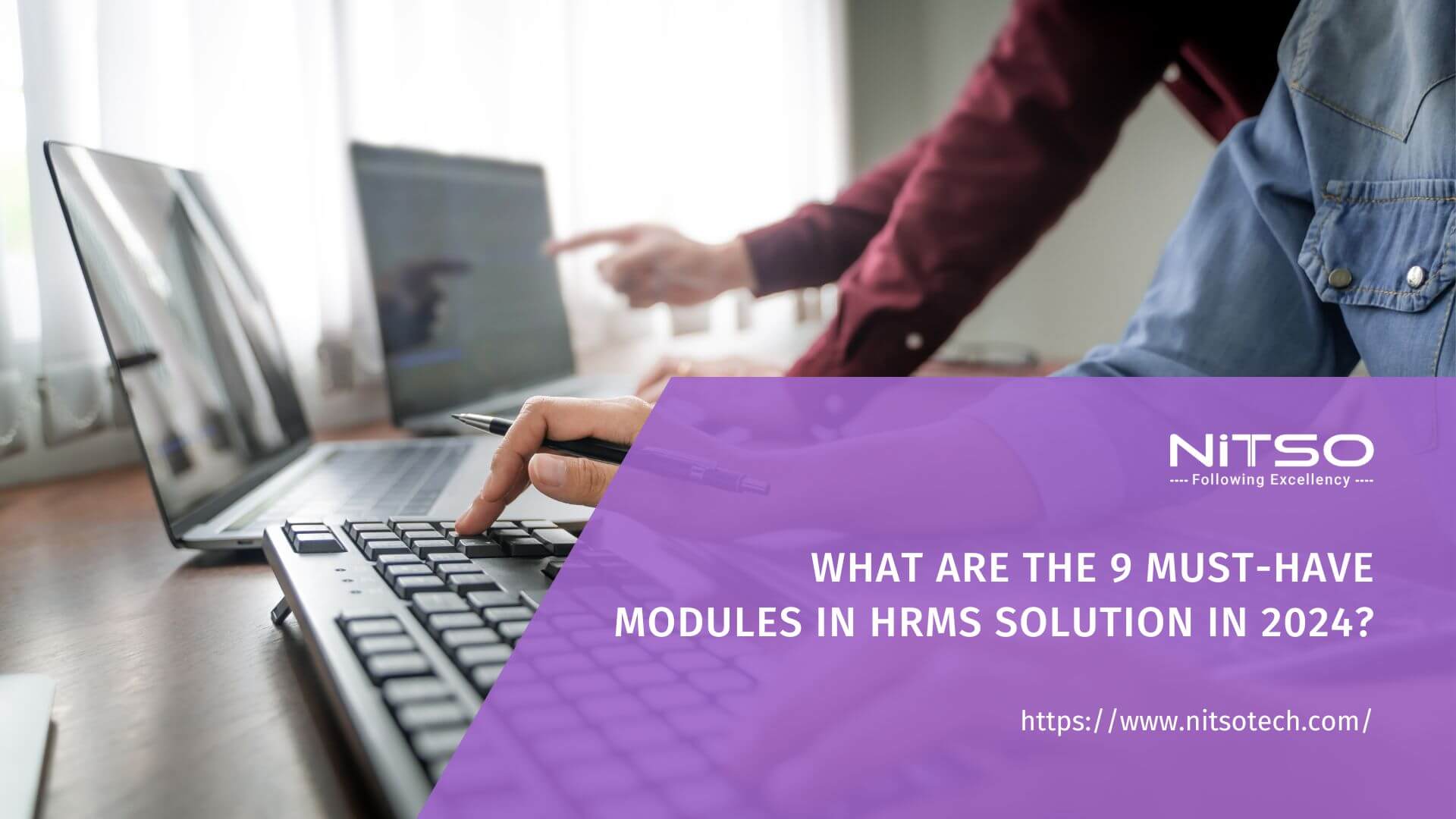

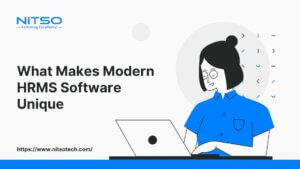
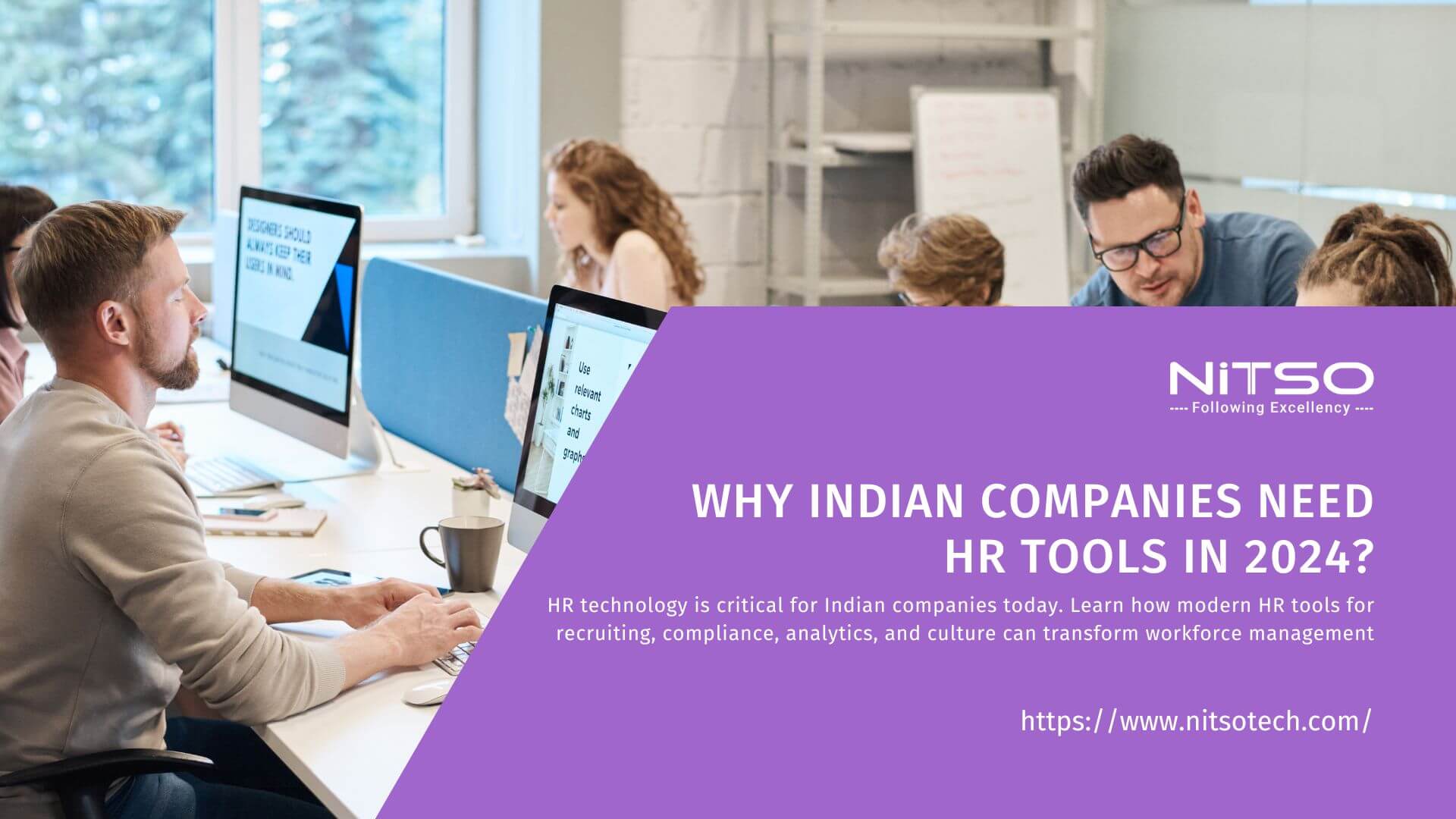
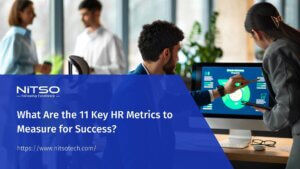
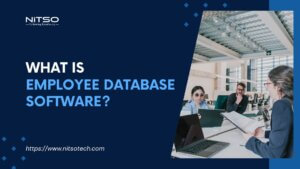

0 Comments